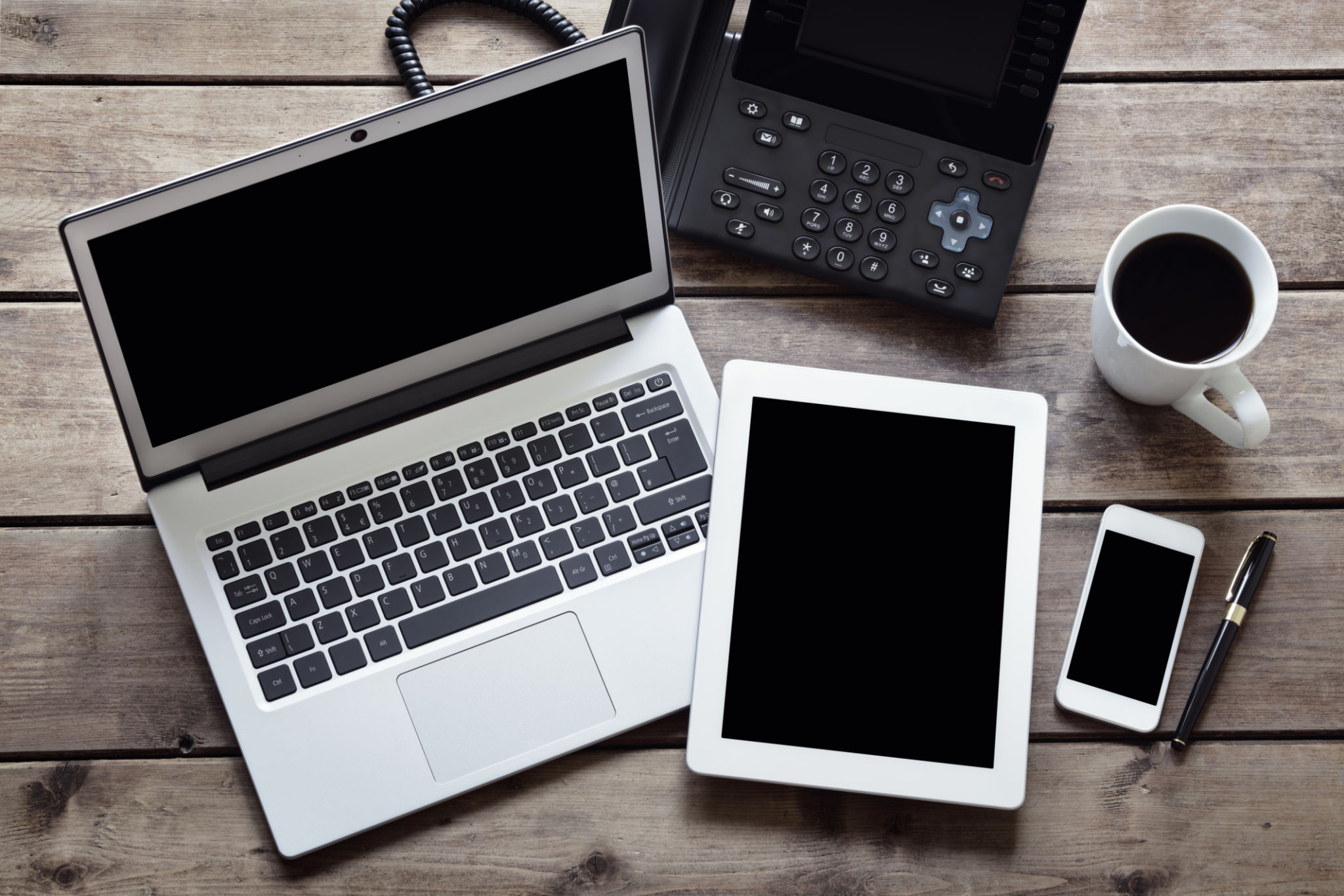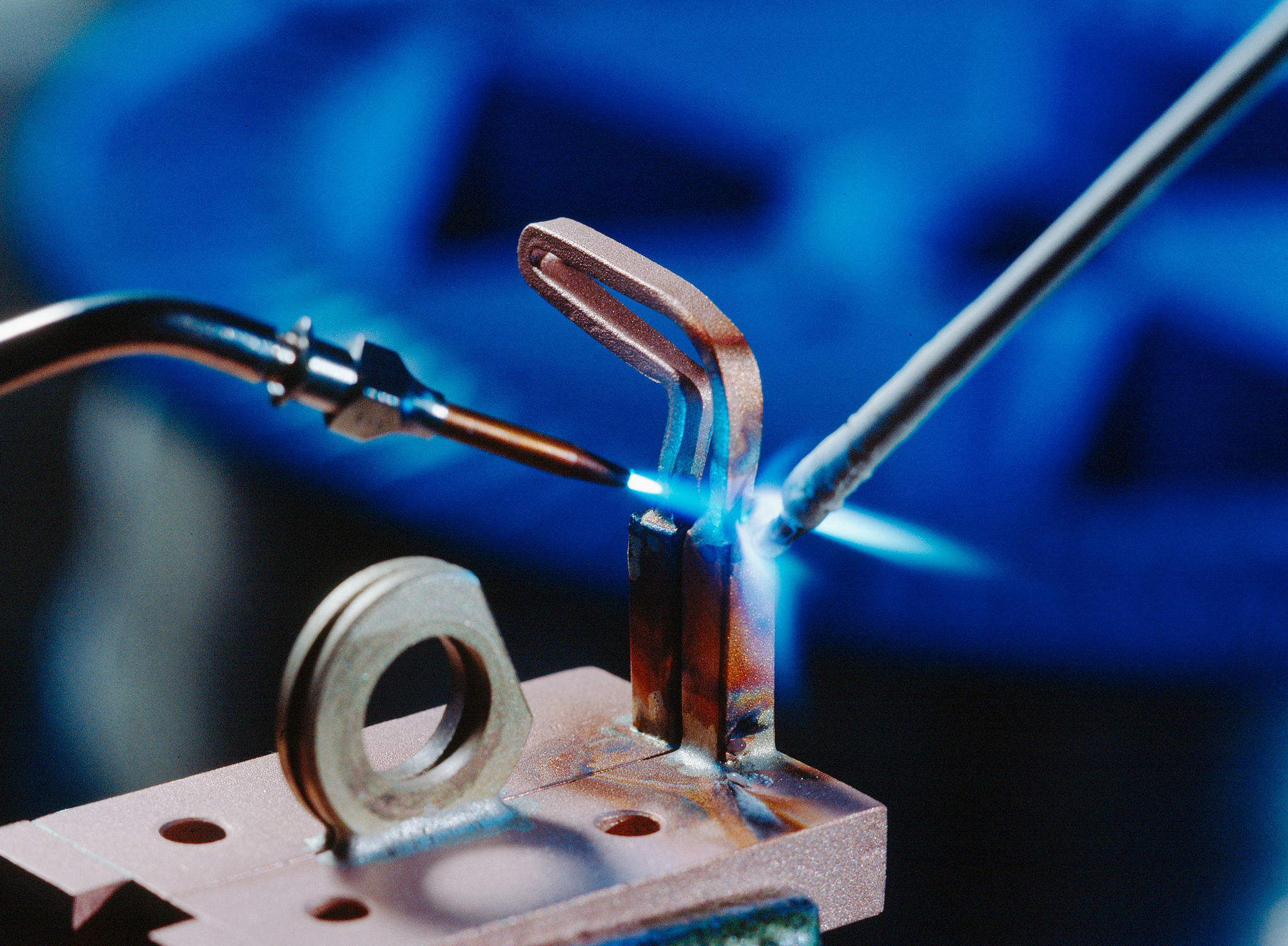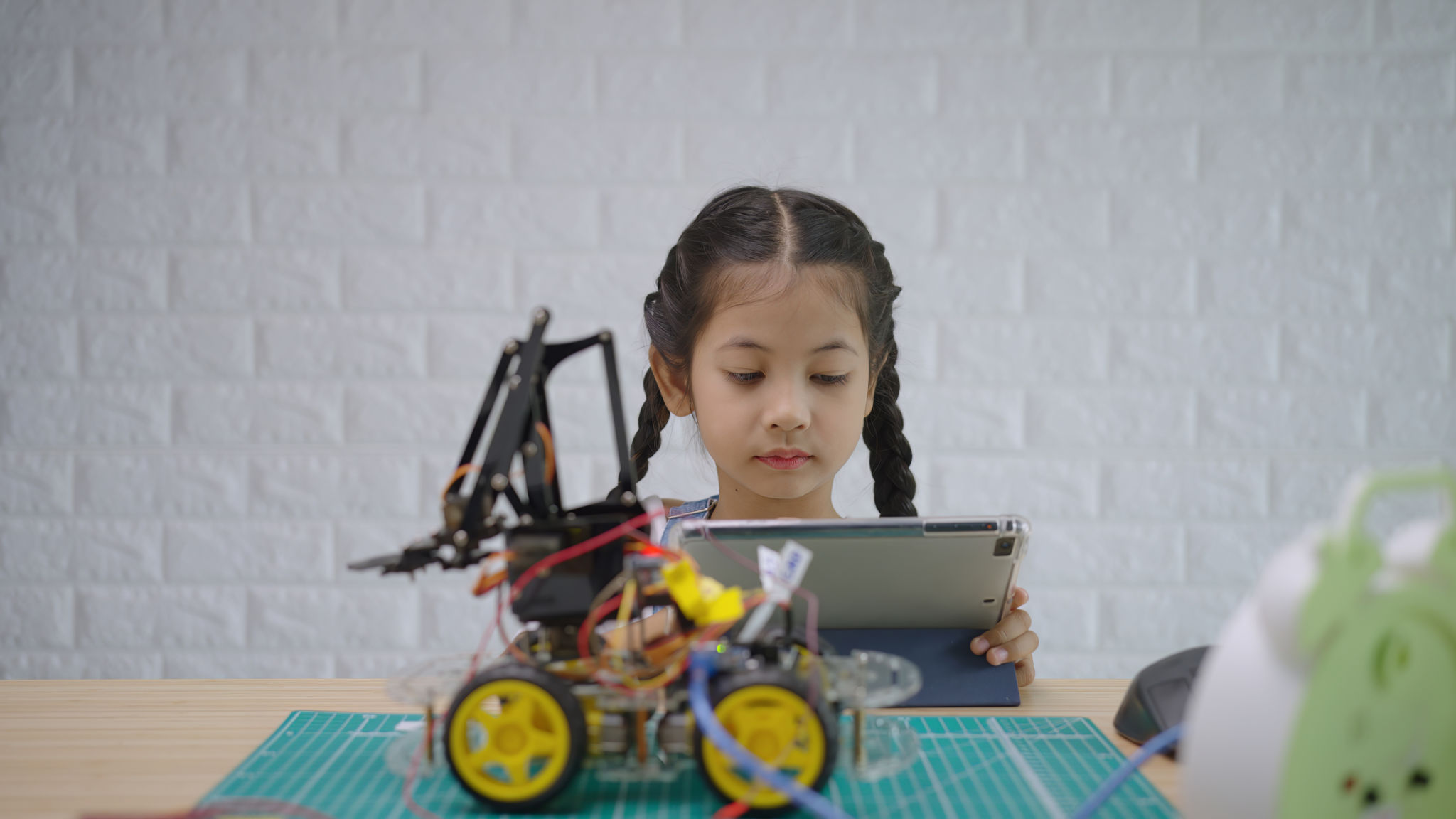DIY Electronics Setup: Essential Tools and Resources for Beginners
Getting Started with DIY Electronics
Diving into the world of DIY electronics can be both exciting and overwhelming. Whether you're interested in building your own gadgets or understanding how electronic devices work, having the right tools and resources is crucial for success. This guide will walk you through the essential items every beginner should consider when setting up their electronics workspace.

Essential Tools for Your DIY Electronics Kit
Building a comprehensive toolkit is the first step toward becoming proficient in DIY electronics. Here’s a list of essential tools that every beginner should have:
- Soldering Iron: An indispensable tool for joining components together. Consider one with adjustable temperature control.
- Multimeter: This tool helps you measure voltage, current, and resistance, making it invaluable for troubleshooting.
- Breadboard: A reusable platform for prototyping circuits without soldering, perfect for testing new ideas.
- Wire Strippers: Essential for preparing wires for connections by removing insulation without damaging the core.
Investing in quality tools can make a significant difference in the ease and success of your projects. As you progress, you might also consider adding a power supply, oscilloscope, and more specialized equipment to your collection.

Key Components for Beginners
Once you have your basic tools, you'll need some components to start building projects. Here are a few key items to include in your starter kit:
- Resistors and Capacitors: Fundamental components for controlling current and storing energy in circuits.
- Transistors: Used to amplify or switch electronic signals and electrical power.
- LEDs: Light-emitting diodes are great for visual indicators and learning about polarity and current flow.
- Microcontrollers: Consider starting with an Arduino or Raspberry Pi to learn programming and automation.
Acquiring a variety of components allows you to experiment with different types of projects, from simple LED circuits to complex microcontroller applications.

Online Resources and Learning Platforms
The internet is a treasure trove of resources for DIY electronics enthusiasts. Here are some platforms and resources that can help you learn and grow:
- YouTube Tutorials: Channels like Adafruit and SparkFun offer step-by-step guides on various projects.
- Online Courses: Websites such as Coursera and Udemy provide structured courses ranging from basic electronics to advanced topics.
- Forums and Communities: Engage with communities on platforms like Reddit or Stack Exchange to ask questions and share knowledge.
These resources provide valuable insights and support, allowing you to learn at your own pace and connect with other enthusiasts around the world.

Tips for Safe and Effective Experimentation
Safety is paramount when working with electronics. Here are some tips to ensure a safe working environment:
- Always disconnect power: Before making changes to your circuit, ensure it is not connected to a power source.
- Work in a ventilated area: Soldering can produce fumes, so make sure your workspace is well-ventilated.
- Use safety gear: Wear goggles to protect your eyes from solder splashes, and be mindful of hot tools.
By following these safety guidelines, you can enjoy your DIY electronics projects without unnecessary risks.
The journey into DIY electronics is a rewarding experience that combines creativity with technical skill. With the right tools, components, and resources, you'll be well on your way to building amazing projects. So gather your supplies, dive into the learning resources available, and start creating your own electronic masterpieces today!

